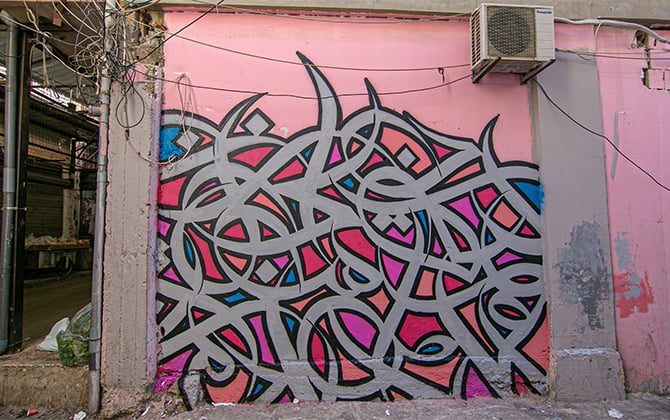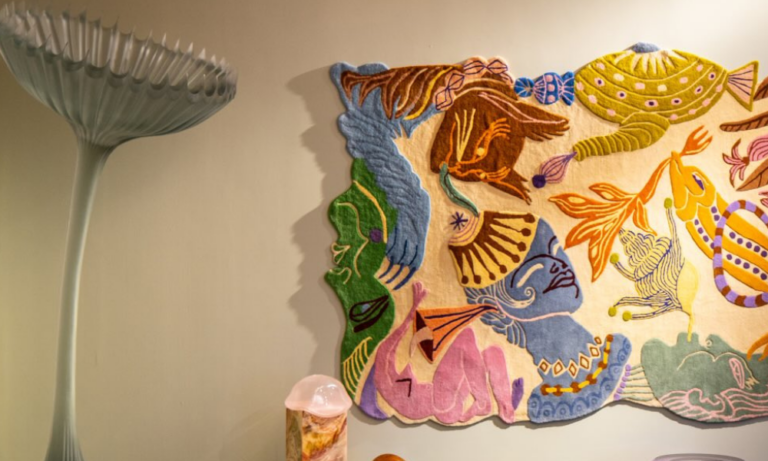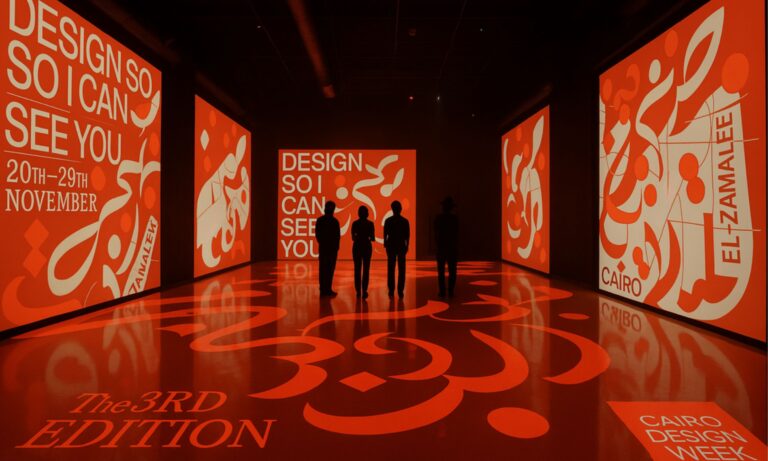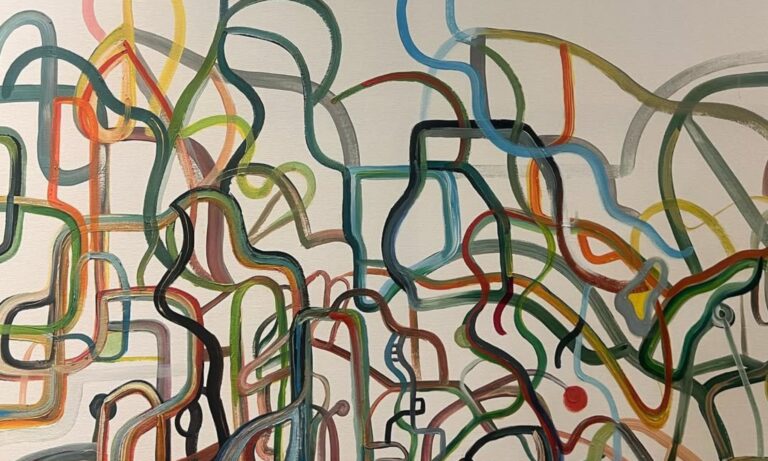At Buro247 Middle East, we are committed to showcasing and celebrating the extraordinary talent in the Arab world. With our column, #BuroSpotlights, we bring you stories of pioneering artists, innovative designers, tech trailblazers, cinematic visionaries, sports stars, and more.
This week, #BuroSpotlights Kuwaiti Sculpture Artist Monira Al Qadiri.
There are artists who document a place, and then there are artists who decode it. Monira Al Qadiri does the latter. Her work does not simply mirror the Gulf’s past and present. It interrogates the forces that shaped it, the fantasies built around it, and the futures it might yet imagine. Step into any of her exhibitions and you feel as though you have crossed into a parallel version of the region. Familiar symbols appear, but they carry new weight.
Born in Senegal, raised in Kuwait, and educated in Japan, Al Qadiri has always been at the intersection of cultures. That is the foundation of her practice. It is also what gives her work its clarity. She understands the Gulf equally from the inside and the outside. Her sculptures, installations, films, and performances are built on deep research into the region’s cultural and economic realities, yet they unfold through playful scenarios.
Her aesthetics have roots far beyond the region. Al Qadiri often credits her years in Japan for shaping how she sees and speaks through art. Japanese visual culture favours simplicity, intuition, and restraint. Images must communicate on their own. She absorbed that mindset early, developing a practice that relies on clarity of form rather than explanation. It is why her sculptures are so instantly readable, even when their meanings unfold slowly. It is also why her colour choices feel purposeful. She leans into glossy finishes, luminous gradients, and surreal palettes inspired by pop culture as much as by natural phenomena.
The artist’s journey took an unexpected turn when she moved to Japan at sixteen. What began as a fascination with anime evolved into a profound artistic education. During her ten years in Tokyo, she earned a PhD in Intermedia Art and learned to think beyond medium and genre. Film, performance, sculpture, and installation became part of the same vocabulary. She embraced digital tools and 3D printing long before they became widespread in the region. This commitment to crossing disciplines continues to define her creative output today.
Al Qadiri’s impact is evident in the institutions that have championed her. Her work has appeared at the Guggenheim Bilbao, Haus der Kunst in Munich, Kunsthaus Bregenz, and BOZAR, as well as in major biennials including Venice, Sharjah, Sydney, and Diriyah. Her films have screened at MoMA, the Rotterdam Film Festival, and the Berlin International Film Festival. She has created public installations for Expo Dubai, Desert X AlUla, Public Art Fund New York, and large-scale commissions around the world. This global presence reflects the universality of her themes.
Today, from her base in Berlin, Al Qadiri continues to shape conversations around the future of art. Her practice demonstrates that the region’s stories are not fixed. They can be retold, reframed, and reimagined. They can be critical and humorous at once. They can hold beauty and discomfort in the same breath. Most importantly, they can move beyond the familiar tropes that have long defined the Gulf in the global imagination.
Monira Al Qadiri’s work invites us to look again at a region many assume they understand. To see its histories through a sharper lens. To question its narratives with more nuance. To imagine its future with more creativity. It is art that acknowledges how the world is built and asks how it might be rebuilt. That clarity of purpose makes her one of the most significant voices shaping the cultural landscape today.
ALSO READ: THE COSTUMES AND THE SYMBOLISM BEHIND FRANKENSTEIN: HOW WARDROBE BROUGHT THE MONSTER TO LIFE.




